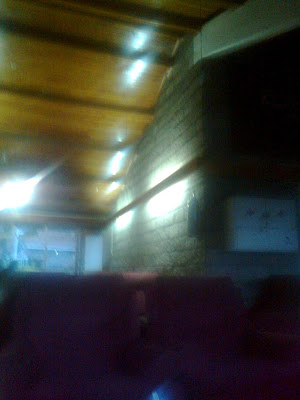INCREASING EFFICIENCY IN RESIDENTIAL HOUSE DESIGN.
Increasing efficiency in residential house design is achieved through careful design of the major elements that comprise a house, mainly, foundation, walling, roofing, windows, doors and finishes.
Foundation.
For a bungalow house, the reinforced concrete can be replaced with masonry stone[contact Ministry of Housing ‘Newbuild Technology] for more details.
http://www.housing.go.ke/?cat=20
The Ground floor slab can be replaced with masonry walling instead of concrete.
Walling.
Walls can be left bare in their natural colours and textures and arranged in a pattern to give order and symmetry.
A good example of this is the Public Service club lounge area in Upper Hill. See picture below.
 |
| From Public service club |
The masonry walls have been left natural without any plaster or paint. This comes out as an aesthetically appealing conscious design as opposed to as a mistake or unfinished work.
Roofing.
A roof design that uses les surface area can be used. The higher the roof angle, the more the roof material surface area and the more the timber trussing.
A ‘flat’ roof saves cost in reducing materials.
Doors and Windows.
Use of the low cost TnG doors in a pattern can reduce the costs associated with doors significantly. The TnG door can be colored differently to the door frame to bring out contrast.
 |
| From Public service club |
Window frames which do not require expensive grill work can be used. Aluminum sliding windows or wooden frame sliding windows fit within this category. Louvre windows are also a very good option to save window installation costs.
External Works.
The size of the septic tank can also save overall construction costs. The septic tank should be of the appropriate size of the particular use. For domestic use, it should not be very large.
Architect Francis Gichuhi Kamau
www.a4architect.com


Leave a Reply